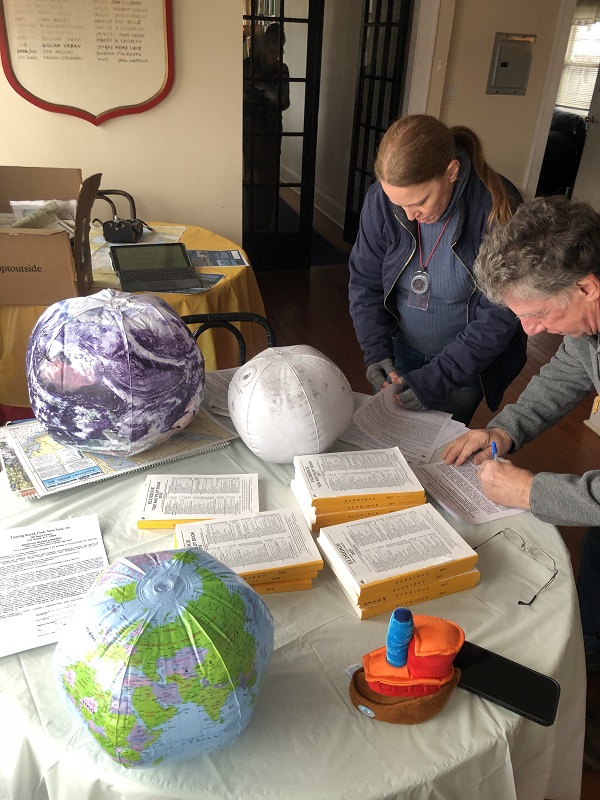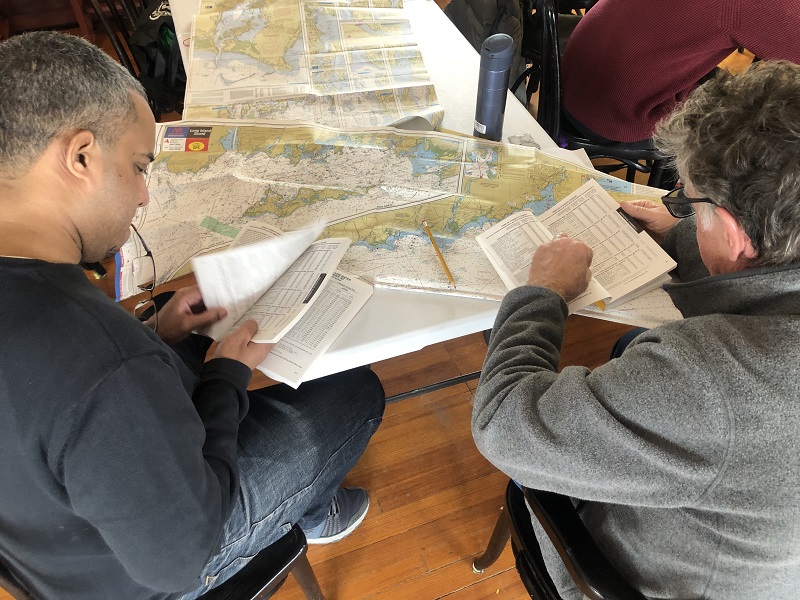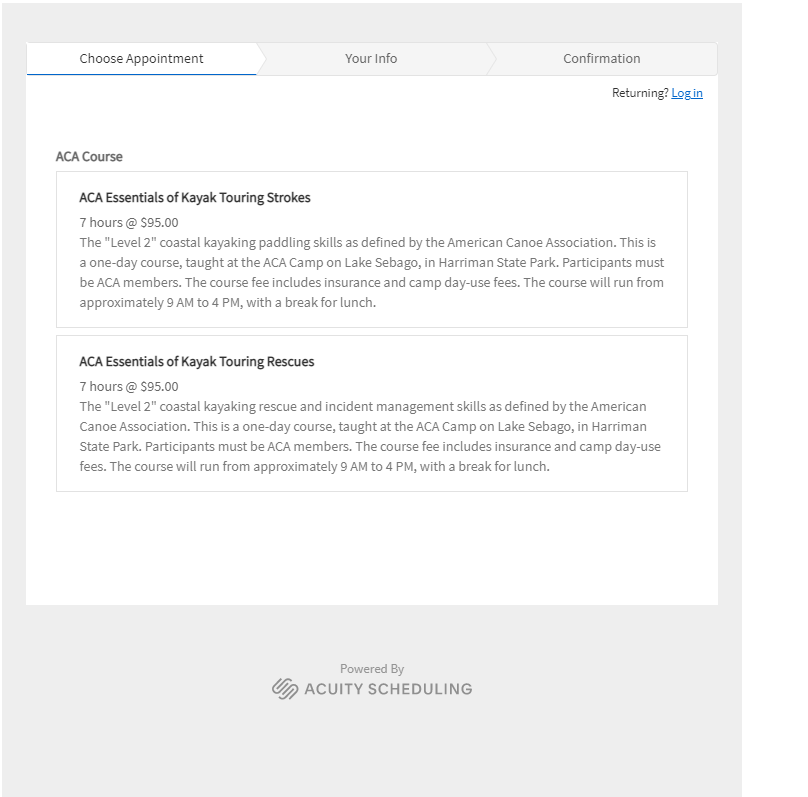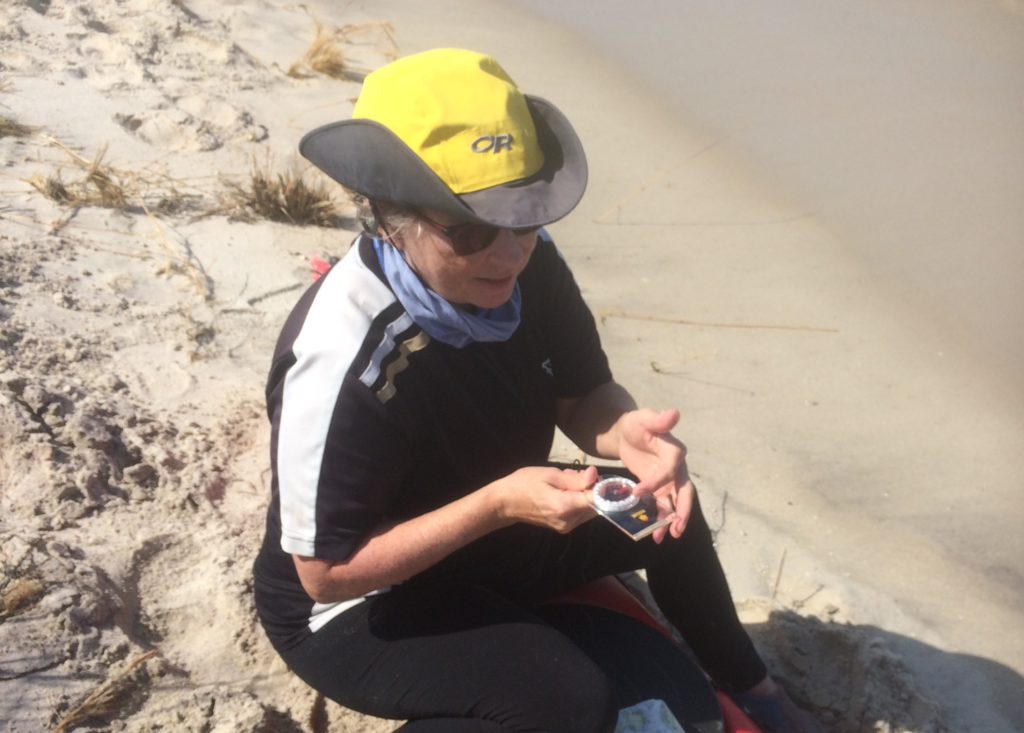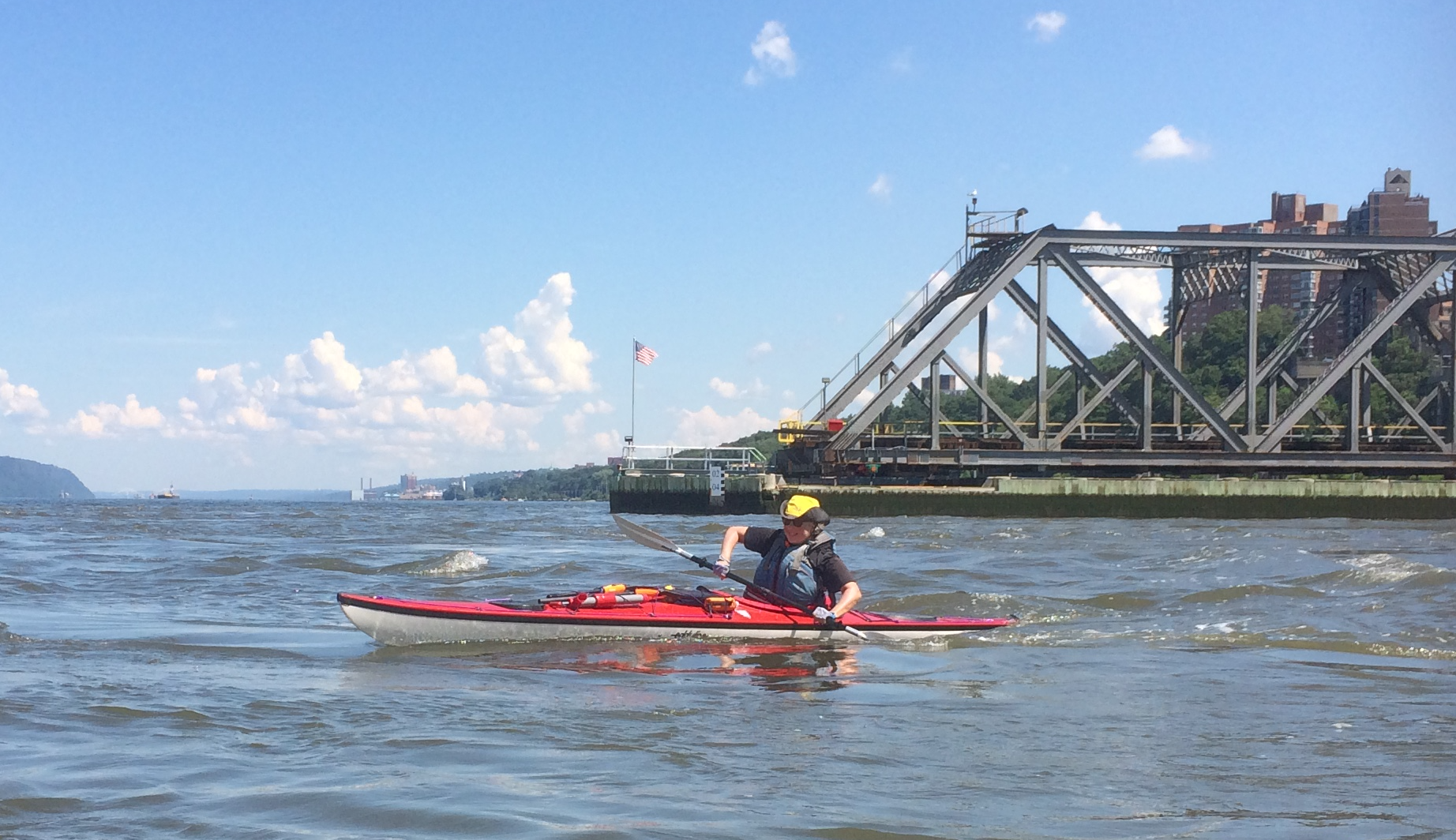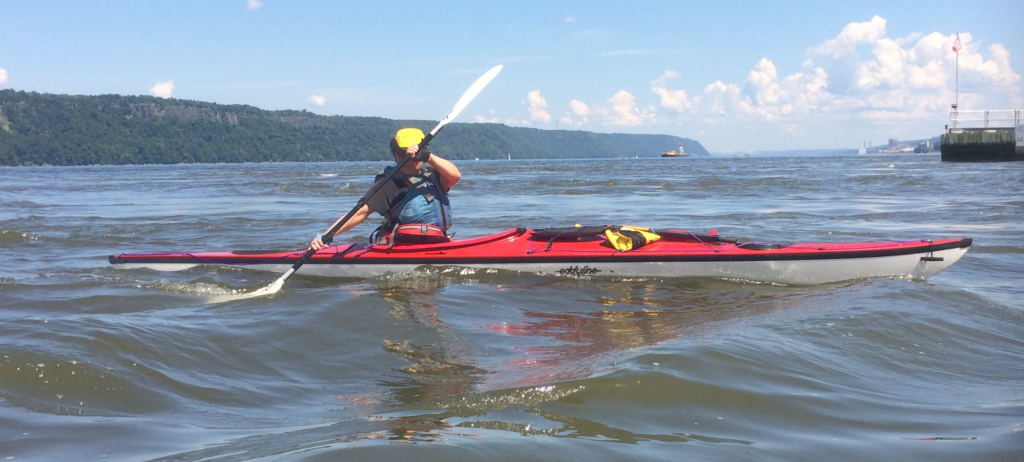Well, here we are. Mere days shy of a new year, entering winter. Let’s all agree that this has been a heckuva year.
I hope everyone has gotten out to paddle. Whether you’re in the NYC metro area or farther afield, whether paddling on rivers, estuaries, or seas, every time I’ve gone for a paddle, I’v thought of my clients.
Some of you have known me for a while, and as I’ve watched you develop your paddling skills you’ve hopefully watched me develop my coaching skills. Some of you, perhaps only came to a single pool session, or for a lesson taught off a beach somewhere, but I still think about these one-offs.
I am saying thank you to you all. I’ve been teaching on my own now for about five years, under the banner of Tubby Hook Paddle Company. Maybe I’ve worked with you longer, from days at New York Kayak Company, or the work I did with Matt at Prime Paddlesports. It’s pleasantly jarring to think of how long I’ve been a paddlesports instructor, and in case it isn’t clear, I have no intention of stopping.
That said, it’s been a heckuva year (see above). To be honest I didn’t paddle from the time the pandemic hit NYC until the very end of May, and only did some personal paddling through June. By July, I started teaching again, but only in my local club, which set up some protocols minimizing the use of their boathouse.
At the time, so many regulations were changing at the state and local level, not to mention parks regulations, that it was challenging to promise being able to meet somewhere, provide a boat, and possibly equipment, all for a lesson. What if the venue was closed by the time we arrived? Many of you are sans car and while I’ve happily carpooled in the past, it seems unwise today.
The ACA camp at Lake Sebago was closed for a while, and when they re-opened they were not allowing classes like the two-day weekend course I’ve taught several years in the past. Even when I started to set up sessions away from the lake, at one point I nixed a surf class when there were shark sightings and beach closings near the venue. Parking was tough, with the better put-ins closed off by towns as well.
And yet, here we are. I did manage to run an ACA L3 sea kayaking skills assessment (thanks to those of you who attended). I was also able to steal away to Mount Desert Island in October for an instructor course, teaching and learning in the bigger, rockier environments that Maine offers, with some ace guidance from top Instructor Trainers. I also got out on a whitewater session, taking in a river that’s terrified my imagination but which, I’m happy to say, was both challenging and pleasant.
This year of Covid has forced a few changes. First, I’m changing services for email and for booking courses – hence email notifications will look a little different, and when I resume bookings again, that will look different too. Second, I’m sorry to say it’s highly unlikely that there will be a pool program to speak of this winter. While it looked like New York was doing pretty well, the overall resurgence in numbers has forced Dov and I to put any ideas on pause.
We know that sucks. We love to teach, and wish we could just work with students again like we used to. We’re looking forward to the day that we can.
For now, as the water temperature has dropped into the 50s F, those of you with drysuits and your own boat and kit, drop me a line if you’re interesting in some winter touring. As we get into the new year, I’ll come up with some course ideas, but they’ll probably be ad hoc at least until summer.
Be sure to check out the online store, too. I’ve got a couple of jackets, never used, as well as a variety of Kokatat Farmer-J neoprene. Some new Eldridges for 2021 have arrived and will be listed soon. I’m willing to make delivery in the NYC area; shipping further afield.
Be safe. Be well. Be kind. Hopefully we’ll paddle together again soon.











